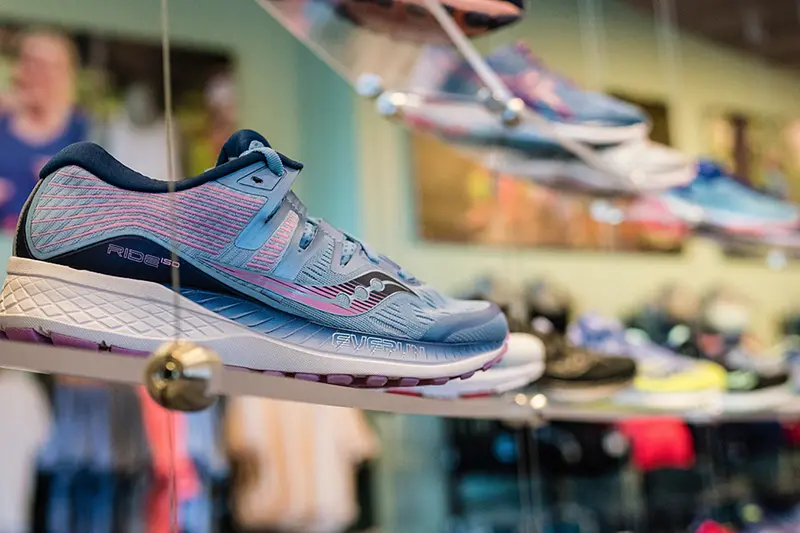How to Extend the Life of Running Shoes
Even though running shoes will eventually wear out, you don’t want to send them into an early retirement. Like making a sports bra last or preventing running injuries, you’ll get more miles out of your running shoes if you take care of them properly.
- Own at least two pairs of shoes. If you run in just one pair of shoes at a time, the pair shoulders all the weight of your running. But rotating multiple pairs of quality shoes distributes the stress you put them through, so they all last longer.
- Dry them out. You shoes will eventually get wet, whether it's an unexpected downpour or you sweat until they're soaked. After that happens, it’s important to dry your shoes out to keep them in top shape (and funk-free).
- Clean them up. Like running in the rain, your shoes will also probably encounter mud or dirt on your runs. Dirt can be abrasive to the shoe’s upper, causing it to wear out prematurely.
- Run on the proper surface. Road running shoes were made to run on pavement, and trail running shoes were meant for the trail. Your road shoes won’t hold up to the abuses of the trail, and the lugs on your trail shoes will get worn down more quickly on rough concrete.



Connect With Us
See the latest from Fleet Feet Fort Myers